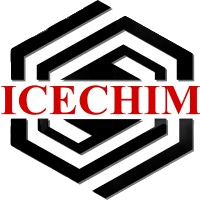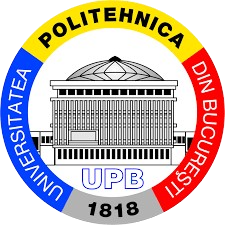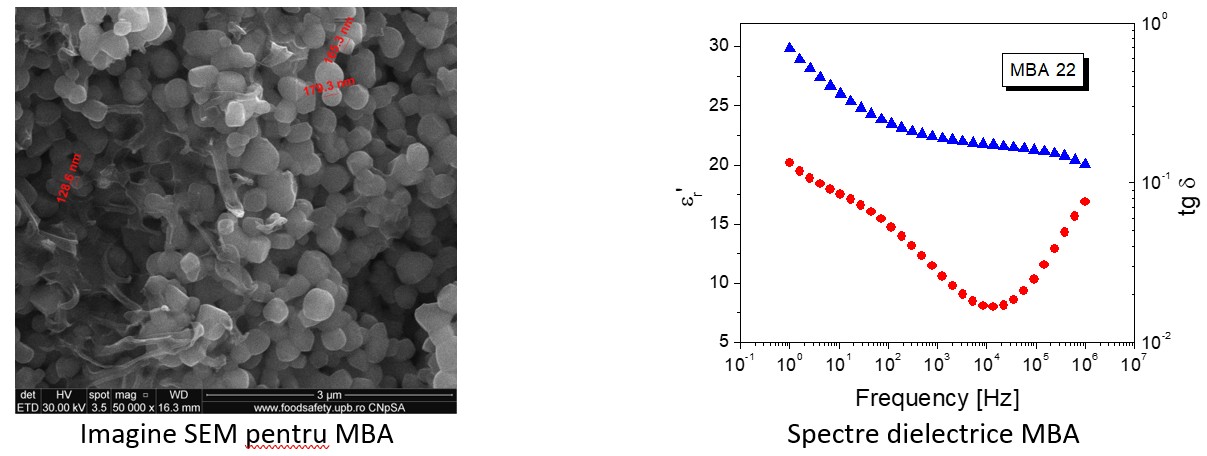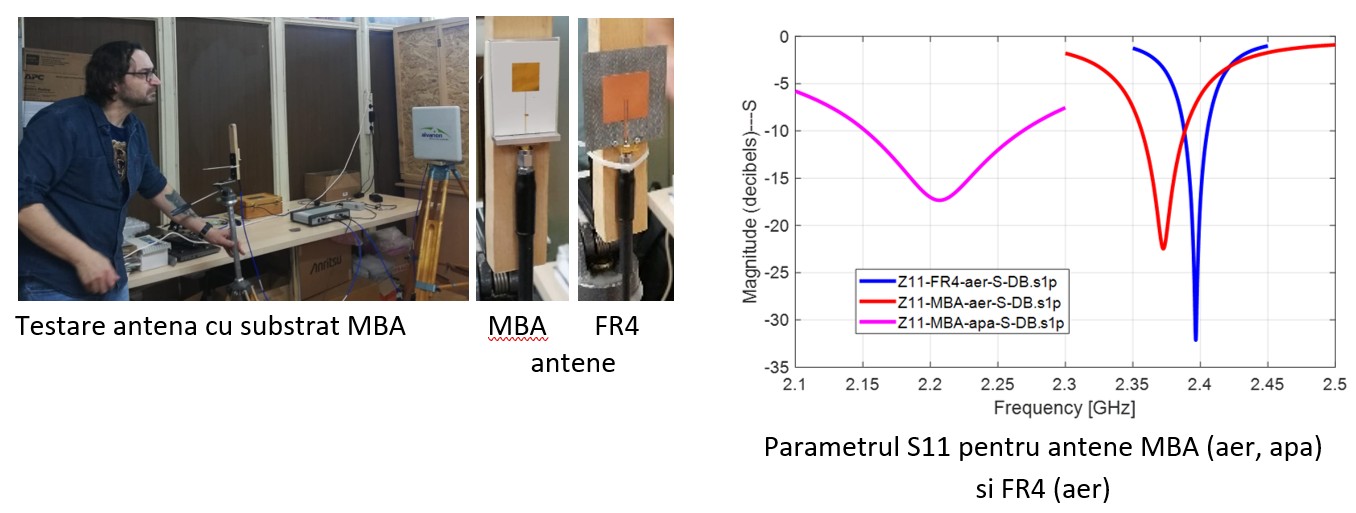NaDUMAS


PN-III-P2-2.1-PED-2019-4687
NaDUMAS Results
Duration
October-November 2020
Objectives
The scope of the Phase 1 of NaDUMAS project was the synthesis of preliminary nanodielectrics with high electrical energy density
and to analyze the variation of the dielectric properties of these nanodielectrics with frequency by
broadband dielectric spectroscopy.
Results
The activities in the Phase 1 of NaDUMAS project focused on the synthesis of nanodielectrics with high electrical energy density
and on the characterization of these nanodielectrics by broadband dielectric spectroscopy. Thus, after a careful analysis of the
state of the art of the research regarding the development of nanodielectrics with high electrical energy density, there were
decided the first combinations polymer-nanoparticles for the preliminary syntheses of nanodielectrics, and the following nanodielectrics
were synthesized: low density polyethylene (LDPE) with TiO2 nanoparticles in concentrations of 2% si 5%,
polyvinyl chloride (PVC) with TiO2 nanoparticles in concentration of 5%, liquid silicone rubber (LSR) with SiO2 nanoparticles
in concentration of 5% and polystyrene-b-(ethylene-co-butylene)-b-styrene (SEBS) with graphite in concentrations between 5% and 20%.
Samples from all the synthesized nanodielectrics in Phase 1 were characterized by broadband dielectric spectroscopy.
Duration
January-December 2021
Objectives
The goals of the Phase 2 of NaDUMAS project were:
Nanostructure synthesis and optimization of nanodielectrics with improved filler dispersion and polymer-filler interface;
Characterization of the electrical behaviour of nanodielectrics;
Complete structural characterization of nanodielectrics;
Multi-scale modeling of nanodielectrics;
Characterization of the mechanical and thermal properties of nanodielectrics.
Results
This phase begun with the continuation of preliminary syntheses of nanodielectrics and their analysis by dielectric spectroscopy,
according to the Gantt diagram of the project. Then, after a thorough analysis of these results, there were designed and
synthesized nanostructures of nanodielctrics with improved filler dispersion and polymer-filler interface. In total,
in the Phase 2 of the project were sithesized 32 types of nanodielectrics. All these nanodielectrics were characterized
by dielectric spectroscopy, by morpho-structural analyses, and by the analysis of their mechanical and thermal properties.
The experiments by dielectric spectroscopy of the nanodielectrics with improved filler dispersion and polymer-filler interface,
synthetized by ICECHIM, were performed ELMAT laboratory from UPB and in
Advanced Materials for Electrical Engineering (AMEE) laboratory from research center CAMPUS-UPB. The tests in ELMAT were performed at temperatures from 27 to 80 °C and in the frequency
range 1mHz - 1MHz using a Novocontrol ALPHA-A Analyzer, in conjunction with an Active Sample Cell ZGS.
The tests in AMEE from CAMPUS-UPB were performed with a spectrometer Novocontrol Concept 71 for RF, consisting of an impedance analyzer
RF Keysight E4991B, a measuring cell BDS 2200 and a temperature control system NOVOCOOL, in the frequency range 1 MHz - 1 GHz
and at temperatures between −100 °C and 30 °C.
Multi-scale modeling of nanodielectrics, including the modeling of the phenomena taking place in nanodielectrics at
nanometric scale, was realized in this phase, having, among other results, the estimation of the frequency dependent
dielectric properties of the polymer-nanoparticle interface.
Duration
January-October 2022
Objectives
Samples of optimized nanodielectrics, optimized methods of synthesis, experimental results and modeling results.
Results
In this phase different novel approaches for the nanoparticle functionalization, as well as other techniques were tackled for
optimizing the organic–inorganic interface aiming at improving the compatibility between the fillers and the polymer
matrix, thus allowing to obtain uniform composites with high permittivity and low losses. Thus, optimized nanodielectrics
were synthetized, and they were first tested by dielectric spectroscopy, and the ones with the best dielectric performances
were selected. The selected optimized nanodielectrics were characterized by different morpho-structural analyses, including SEM.
After these tests, the nanodielectric with the best dielectric performances was selected to be used as substrate for microstrip
antennas. This nanodielectric, denoted MBA, was analyzed by thermal endurance tests, mechanical resistance tests, dynamic
mechanical analysis (DMA) and lifetime estimation.
Then, advanced modeling of the phenomena in the polymer nanocomposites at macroscopic scale (simulation of functionality of
antennas having as substrate the proposed nanodielectrics) was performed starting from the experimental results. Further,
antennas were designed by the interaction between the UPB team and IMT team, and then the designed antennas were fabricated
and tested at IMT by subcontracting, and the results on antenna parameters have been analyzed together by IMT and UPB teams.
The results showed that the antenna having MBA nanodielectric as substrate is a proof-of-concept of an antenna with much
smaller dimensions than an antenna having the same resonance frequency, but with a commercial substrate as FR4.
List of publications of the results obtained in phases 1, 2 and 3:
SEM and dielectric spectra on MBA:

Testing MBA antenna and S11 parameter:

S21 parameter on MBA and FR4 antennas:
